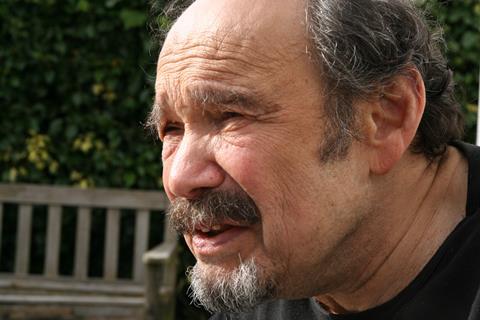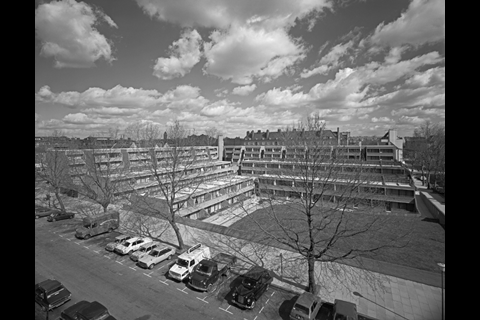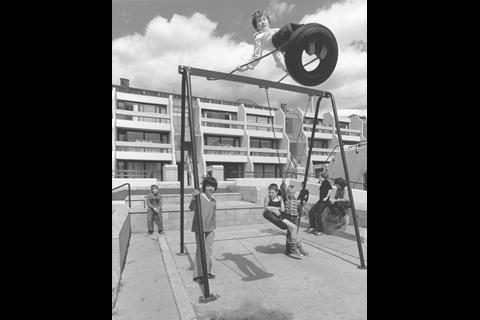Hungarian-born architect best known for his work at Camden council in the 1960s and 70s
Social housing architect Peter Tábori has died at the age of 83.
Hungarian-born Tábori is best known for his work for Camden council in the 1960s including Highgate New Town and Oakshott Court.
His move to the United Kingdom in 1957, at the age of 16, came after being imprisoned for six months following the 1956 Hungarian uprising.

During his architectural studies he worked for fellow Hungarian expatriate Ernö Goldfinger, and was later mentored by Richard Rogers, who encouraged Tabori to develop his use of terraces and external stairs in his designs.
Royal National Theatre architect Denys Lasdun offered Tábori a job in his practice in the mid-1960s after reviewing his fifth-year thesis. Tábori stayed at the practice for three years, working on Lasdun’s ziggurat-like student accommodation blocks.
He joined Camden council in 1967 as one of a number of progressive young architects recruited by the borough’s architecture department in the 1960s and 70s, which already included Neave Brown.
> Also read: What architects can learn from Camden’s heyday
Emeritus professor of architecture at the University of Liverpool Mark Swenarton said the stepped estates Tábori designed while at the council rank “second only to that by Neave Brown as a housing model of lasting importance”.
In 2020, The Twentieth Century Society called for Highgate New Town, which was completed in 1979, to be listed.


















1 Readers' comment